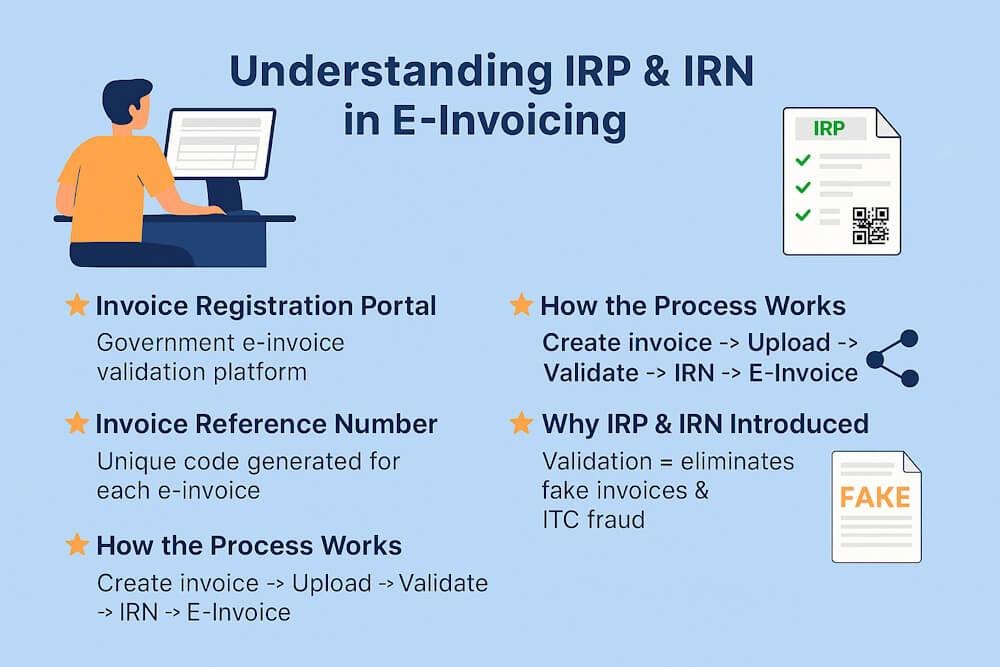When people talk GST, the phrase “place of supply” shows up a lot. And honestly, it sounds like legal jargon nobody wants to touch. But here’s the truth—this single rule decides which tax you charge and which state gets the money. Mess it up, and suddenly your invoice doesn’t match, your buyer can’t claim ITC, and the tax officer has questions you don’t want to answer.
So, instead of giving you the stiff definition, let me explain it in the way most small shopkeepers and traders actually see it.
What Does Place of Supply Mean?
In the simplest words—it’s about where the goods end up. GST isn’t about where something starts from, it’s about where it finishes.
👉 Say a machine leaves a factory in Punjab but lands with a buyer in Rajasthan. The tax credit isn’t Punjab’s. It’s Rajasthan’s, because that’s where the machine finally goes.
That’s why people call GST a “destination-based tax.” The tax follows the goods like a shadow.
Inside India: Two Main Cases
When we stay within India, the law slices it into two big buckets:
Case 1: Same State (Intra-State)
Both buyer and seller in the same state? The bill splits into CGST + SGST.
👉 Example: A Bangalore fridge shop sells to a family in Mysore. Still Karnataka. The invoice shows CGST and SGST. Done.
Case 2: Different States (Inter-State)
Seller in one state, buyer in another? That’s IGST territory.
👉 Example: A dealer in Delhi sells computers to a startup in Mumbai. Buyer’s in Maharashtra, so IGST applies.
Pretty straightforward so far. But real life always throws curveballs.
The Odd Situations
It’s not always trucks going from one state to another. Sometimes goods don’t move at all. Sometimes they’re installed somewhere else. That’s where confusion kicks in.
- Goods without movement – Place of supply is simply where they sit. 👉 Example: A company in Rajasthan buys machinery already lying in a Gujarat warehouse. Even if the seller is in Delhi, the place of supply is Gujarat.
- Installed or assembled goods – Place of supply = installation site. 👉 Example: A lift bought from Chennai is installed in Kanpur. So Kanpur counts.
- On-board sales – Buy a sandwich mid-flight? Place of supply = the city where the plane started. 👉 Example: On a Delhi-Goa flight, the sandwich is “Delhi supply.”
Funny story: a pantry vendor once billed snacks as “Bihar supply” because that’s where the kitchen loaded stock. But the train started in West Bengal. The department later said “Nope, it’s West Bengal.” The vendor had to redo bills, issue credit notes, all that headache.
Beyond India: Exports and Imports
Once you cross borders, the rules change again.
Exports
Exports are zero-rated. That means you don’t slap GST on the buyer, but you can still claim ITC refunds for the inputs you used.
👉 Example: A handicraft seller in Jaipur sends pottery to New York. Place of supply = USA. GST = zero. But the seller can claim refund on the clay, paint, packing material, etc.
Imports
Imports are the opposite. Goods come into India, and the place of supply is the importer’s location. IGST gets collected at customs.
👉 Example: A Hyderabad electronics company imports speakers from Japan. Place of supply = Telangana. IGST applies at the port.
Why Businesses Should Care
Some traders shrug and say, “Tax is tax, what’s the big deal?” But here’s what happens when you get place of supply wrong:
- You might charge CGST+SGST when IGST was required.
- The buyer can’t claim ITC, and they’ll be furious.
- The tax officer might slap penalties and notices.
👉 Real-life mess: A Delhi trader billed Haryana buyers with CGST + SGST. Haryana refused ITC because it was inter-state. The trader had to refund and reissue IGST bills. Imagine the trust he lost with those buyers.
Everyday Stories
This is where it gets clearer:
- A Kolkata bakery sells cakes to a café in Howrah → CGST + SGST.
- Same bakery sends cakes to Patna → IGST.
- A Surat diamond trader exports to Dubai → zero-rated, refund available.
- A Bengaluru IT firm imports laptops from Singapore → IGST at customs.
- A Delhi seller delivers stock from a Haryana warehouse → place of supply = Haryana.
See the rhythm? The same seller might juggle three different GST treatments in one week, depending on where the goods end up.
Things to Keep in Mind
- GST always follows the destination.
- Same state = CGST + SGST. Different states = IGST.
- Watch special cases like installation or stock transfers.
- Exports = zero-rated. Imports = IGST.
- Wrong place of supply = denied ITC + extra paperwork.
Wrapping It Up
Place of supply isn’t just boring law—it’s like Google Maps for GST. If you put in the wrong location, the whole system takes you in the wrong direction.
So next time you raise an invoice, pause and ask yourself:
- Where are the goods really going?
- Did they actually move, or were they just handed over?
- Is this inside India or crossing borders?
Answer those three questions and you’ll be safe. Miss them, and you’ll be reissuing invoices faster than you can say “RCM.”







